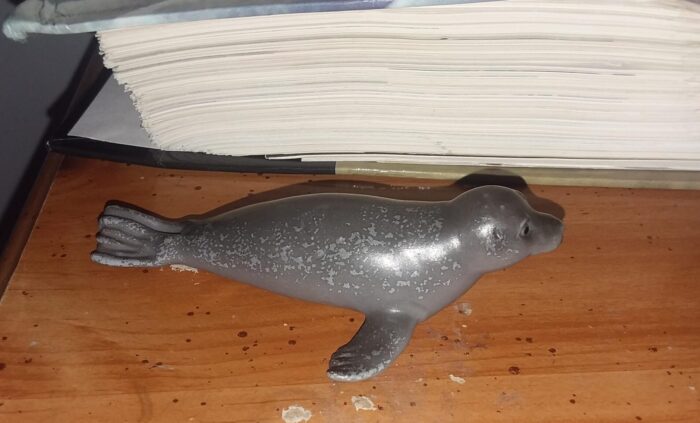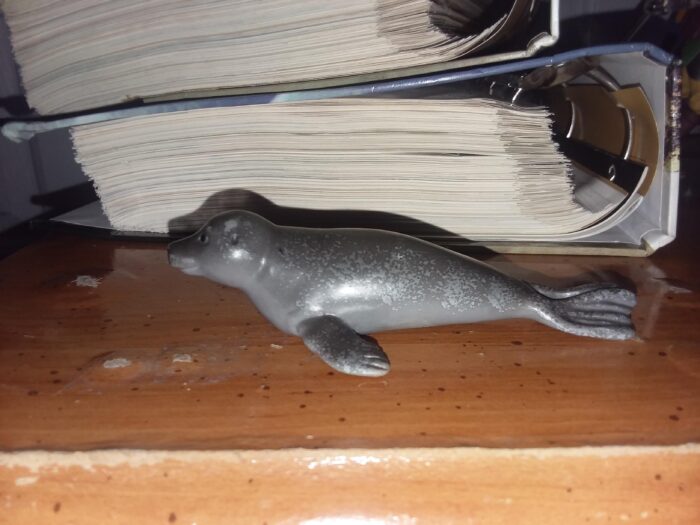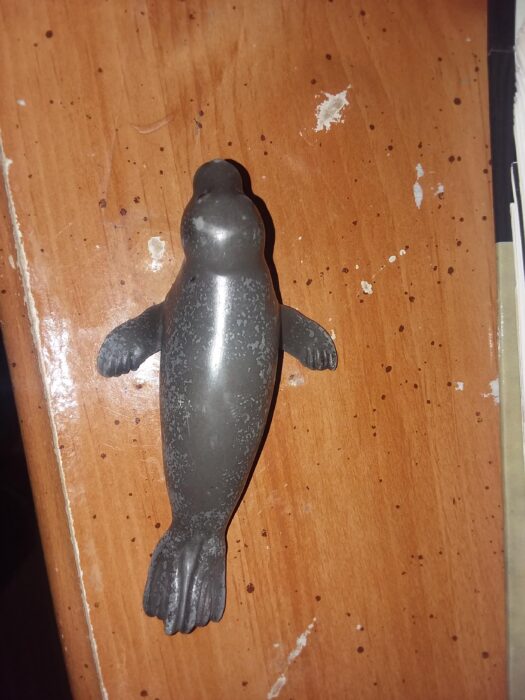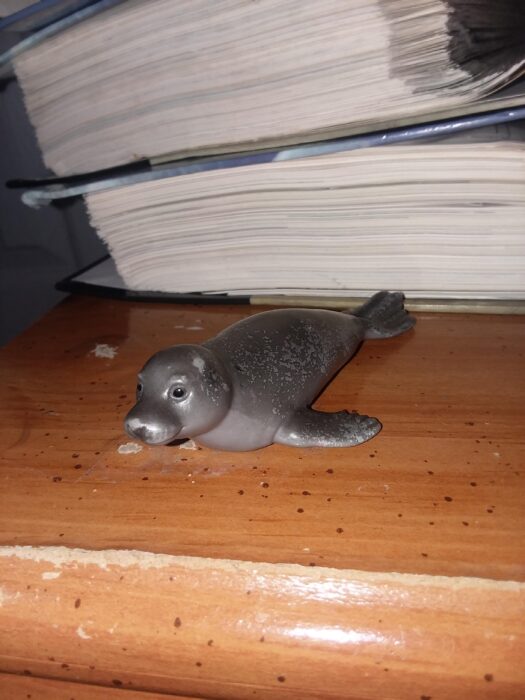Of all the pinnipeds, none embody ubiquity quite like the harbor seal (Phoca vitulina). This species is also known as the common seal as it’s the most widely distributed species of any seal, sea lion, or walrus. They are found all along the marine coastlines of the Northern hemisphere. 5 subspecies are recognized between North American, Europe, and Asia. Adults of this species can range from 1.2-2 meters in length and weigh 65-170 kilograms; males are slightly larger than females. With a global population of 300,000-500,000 individuals, the species as a whole aren’t endangered, but local populations are under heavy threat from pollution, human interactions, and bycatch. These animals may rest on either rocky coasts or sandy beaches and feed on a variety of fish, crabs, mollusks, shrimp, and squid. Predators include killer whales and large sharks. However, terrestrial predators such as bears, wolves, and coyotes are also potential threats, especially to young pups.

As it currently stands, this is the only pinniped that I actively hold in my collection, another old Schleich figure I’ve had for a long time now. This is technically advertised as just a ”seal”, though as far as I’m aware, it’s generally considered harbor seal. This seal is about 20 years old now and it’s time to see if it’s among the worse or better-aging releases.

The figure is about 11cm in length, which would place it in the 1:11 to 1:18 size range for a typical adult. This likely makes the figures a bit larger than the ideal for many marine fauna collectors who aim for the 1:20 scale or smaller for their figures. The sculpts pretty alright. There are five digits sculpted for both front and hind flippers along with divets for the ears. The Schleich seal’s biggest problem is that the main body is too thin, which exacerbates the issue of the head being too large in proportion to the rest of the body. The latter issue is a relatively common issue with many animal toys, especially from this time. I’d also say the top of the head is a bit too round and bulbous.

My problems with the head size is more noticeable when looking from this perspective. One can argue that this issue can be subverted by treating this figure as a pup or juvenile, but then that goes back to the scaling issues mentioned earlier. Despite these criticisms, I don’t find the issues with the sculpt to be as glaring as others I’ve encountered.

 I have a more positive opinion about the paintjob. Harbor seals are known to exhibit a wide degree of color variation from dark gray to light tan. This individual is a medium gray with a lighter underside and speckles along its back. For the time, I consider this a fair representation of the animal given the intraspecific variation. I can’t exactly determine which subspecies this is meant to represent based on the coloration, assuming one could.
I have a more positive opinion about the paintjob. Harbor seals are known to exhibit a wide degree of color variation from dark gray to light tan. This individual is a medium gray with a lighter underside and speckles along its back. For the time, I consider this a fair representation of the animal given the intraspecific variation. I can’t exactly determine which subspecies this is meant to represent based on the coloration, assuming one could.

In the end, this older figure holds up pretty well by the standards for its time, however, I think this is partially bolstered by the lack of figures for this particular species. It’s safe to say that when compared to other marine mammals such as sirenians or cetaceans, seals do not receive as much attention from the toy industry on a per species basis. Even then, I’m certain that there are higher quality releases of very similar species such as gray seals. I’d sooner recommend one of those figures over this one.
Disclaimer: links to Ebay and Amazon on the AnimalToyBlog are affiliate links, so we make a small commission if you use them. Thanks for supporting us!



